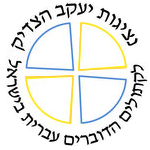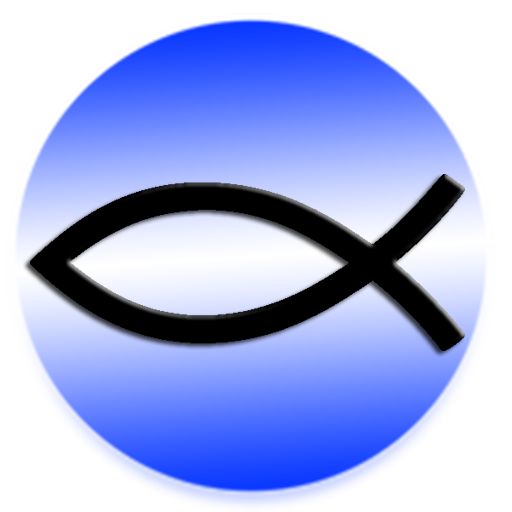Ziv: Parashat Metzora 2
Each week, Gad Barnea or Sister Agnès de la Croix (from the Community of the Beatitudes) proposes a reflection on the portion of the Pentateuch that is read in the synagogue (parashat hashavua). This week the portion is from Leviticus 14:1 - 15:33 with the haftarah (additional reading) from Malachi 3:4-24. They call their reflection “ziv” – a ray of light.
![]()
The law of the leprous person
Our parasha this week, together with last week’s paracha, is situated within a relatively long parenthesis that follows the death of Nadab and Abihu in Leviticus 10, and continues to the beginning of next week’s parasha which picks up from that event (cf. Leviticus 16:1). This parenthesis deals with various forms of ritual uncleanness: dietary laws, giving birth, leprosy of the skin, of the garment and of the house, and finally that of bodily discharges. Our focus this week will be on the laws of leprosy. We first note that it is not the skin disease or the lack thereof in itself that makes a person unclean or clean. Rather, it is the sight of the priest on the person standing before him that renders the person’s ritual status. The priest does not attempt to heal or prescribe any treatment to the leper nor does he do anything more than look at the leper and remove him from the camp for periods of seven days, or until the latter shows himself to be clean. The leprous person is called to adopt the customs of mourning: “The leprous person who has the disease shall wear torn clothes and let the hair of his head hang loose, and he shall cover his upper lip and cry out, ‘Unclean, unclean’” (Leviticus 13:45).
A midrash on the book of Lamentations makes a striking reference back to this verse and declares: “the leprous person is the Temple” (Eicha Rabba, intro 21). In addition, chapter 14 begins with “the law of the leprous person on the day of his cleansing” (Leviticus 14:2), which involves a set of rituals to be performed on the eighth day (after having spent seven days outside his tent [Leviticus 14:8]) and offerings sacrificed before the Tent of Meeting. These include sacrificing lambs as well as putting the blood of the sacrifice on the right ear-lobes, thumbs and toes of the leper - all of which follow the formula of consecration which was applied to Nadab and Abihu when they were appointed priests on the eighth day - the day of the consecration of the Tabernacle (Leviticus 9:1 ff.). Some of these rituals, such as the sprinkling of blood seven times before the Lord (Leviticus 14:7) mirror the proceedings of the Day of Atonement.
The Babylonian Talmud provides yet another perspective. While dealing with the question of the name of the coming Messiah some Rabbis said: “His name is ‘the leper of the school house,’ as it is written, ‘Surely he has borne our griefs and carried our sorrows, yet we did esteem him a leper, smitten of God and afflicted’ (Isaiah 53:4).” (Babylonian Talmud - Sanhedrin 98:2a). Here the Messiah himself is called a leper, since he will bear our leprosy and our afflictions. It is clear from these references that the cleansing of the leper - cleansed by divine intervention - is presented in these verses as an eminently holy event, likened to the Temple, the anointed priests and the altar of the Day of Atonement, and even the coming of the Messiah. Leprosy, therefore, symbolizes the effects of human sinfulness - present in each one of us - not just some distant leper outside the camp. It is the sinfulness for which God provides cleansing through the work of priests, atonement, and ultimately the work of the Messiah. Shabbat Shalom.












 Reflecting on Purim and on Lent
Reflecting on Purim and on Lent Rosh HaShana – the Feast of God the Father
Rosh HaShana – the Feast of God the Father Four Words For the Easter Season
Four Words For the Easter Season Ash Wednesday of T. S. Elliot
Ash Wednesday of T. S. Elliot Holy Wednesday
Holy Wednesday Epiphany – the light will conquer the darkness
Epiphany – the light will conquer the darkness